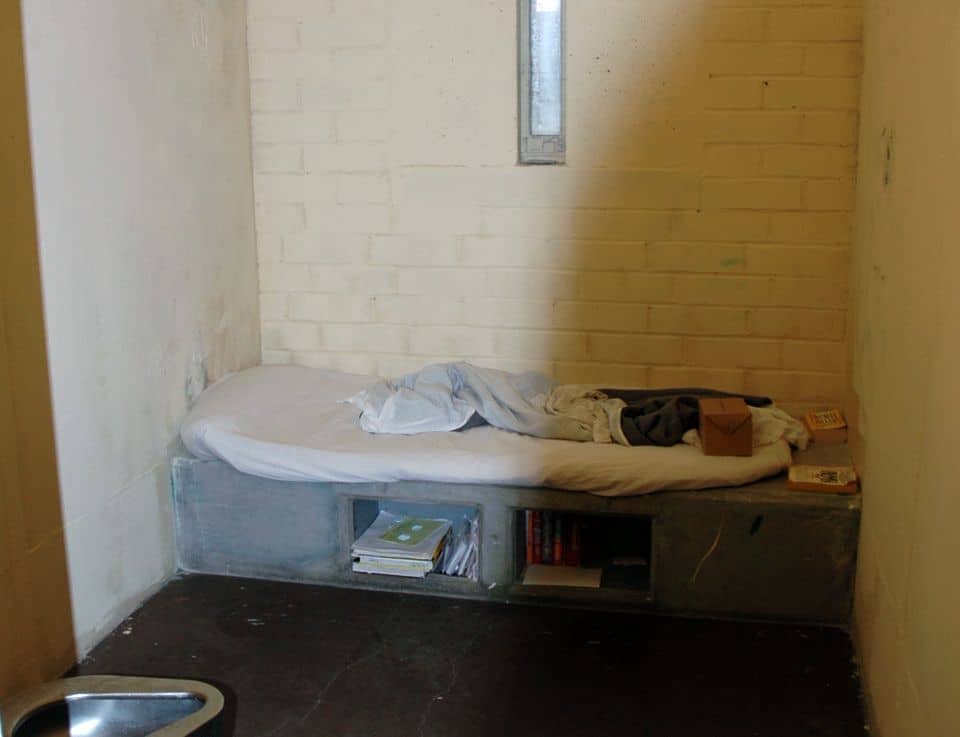Introduction

A new report on solitary confinement of minors includes harrowing descriptions of the psychological and physical impact ‘solitary’ has on young people, as well as surprising revelations about why some authorities resort to isolating juveniles.
In “Growing Up Locked Down,” the groups Human Rights Watch and the American Civil Liberties Union report that a substantial number of detained juveniles minors are placed in solitary confinement as punishment, or as part of their rehabilitation plans – or even for their own protection. Some custodians, researchers found, say they put juveniles who are in adult lockups into solitary confinement as a way to protect them from attacks by adult inmates.
Some minors interviewed said they were segregated in juvenile facilities for the same reason – to protect them from threats – and let out only for a couple of hours a day.
Released in October, the report is based on research and interviews conducted in local and state detention facilities in Florida, Colorado, Michigan, New York and Pennsylvania. Investigators also corresponded with confined minors in 14 other states.
“Because young people are still developing, traumatic experiences like solitary confinement may have a profound effect on their chance to rehabilitate and grow,” researchers said. Minors described experiencing hallucinations, cutting themselves with staples or razors and attempting suicide multiple times. Some said they were denied contact with loved ones while in ‘solitary,’ which increased their depression.
The report also says that a Pennsylvania prison official told researchers that many minors in solitary confinement are prescribed sleeping aids and other medications to help them “cope and reduce anxiety.”
A growing number of psychiatrists, juvenile-justice experts and custodians with direct control over juveniles are turning away from using solitary confinement for young people. The report cites various experts who recommend that segregation of youths to be as brief as possible and that custodians use of proven alternatives to control behavior.
“Prison and jail officials sometimes say it is necessary to separate an inmate, or groups of inmates, from others to ensure the security of staff and inmates in the general population,” according to the report. “When this happens, some state prison officials said that they have to use solitary confinement, as they are not equipped to manage individual or small groups of prisoners in any other way. But several prison officials often told Human Rights Watch that they would like to have the ability to manage youth differently.”
In July, the Center for Public Integrity published a report on how California prison guards and probation officers defeated a state bill that would have required mental-health evaluations of minors every four hours if they are put into solitary confinement. The proposal would have applied to minors in state lockup as well as to those in local facilities, where most detained juveniles in California now reside. The guards, who are big campaign donors in California, and probation officers argued that the proposal was vague, would interfere with guards’ decisions and would cost counties money they didn’t have to hire more staff.
Other states have adopted standards in recent years restricting the use of solitary to control minors in detention, the Center report explained. In June, the U.S. Senate held the first-ever federal hearing on solitary confinement. Speakers described the adverse impact the practice had on inmates who were later released, and how the use of long-term segregation spread among state and federal facilities.
Read more in Education
Juvenile Justice
Marijuana decriminalization law brings down juvenile arrests in California
Study says reduction in penalties meant fines, not jail, for young offenders

Join the conversation
Show Comments